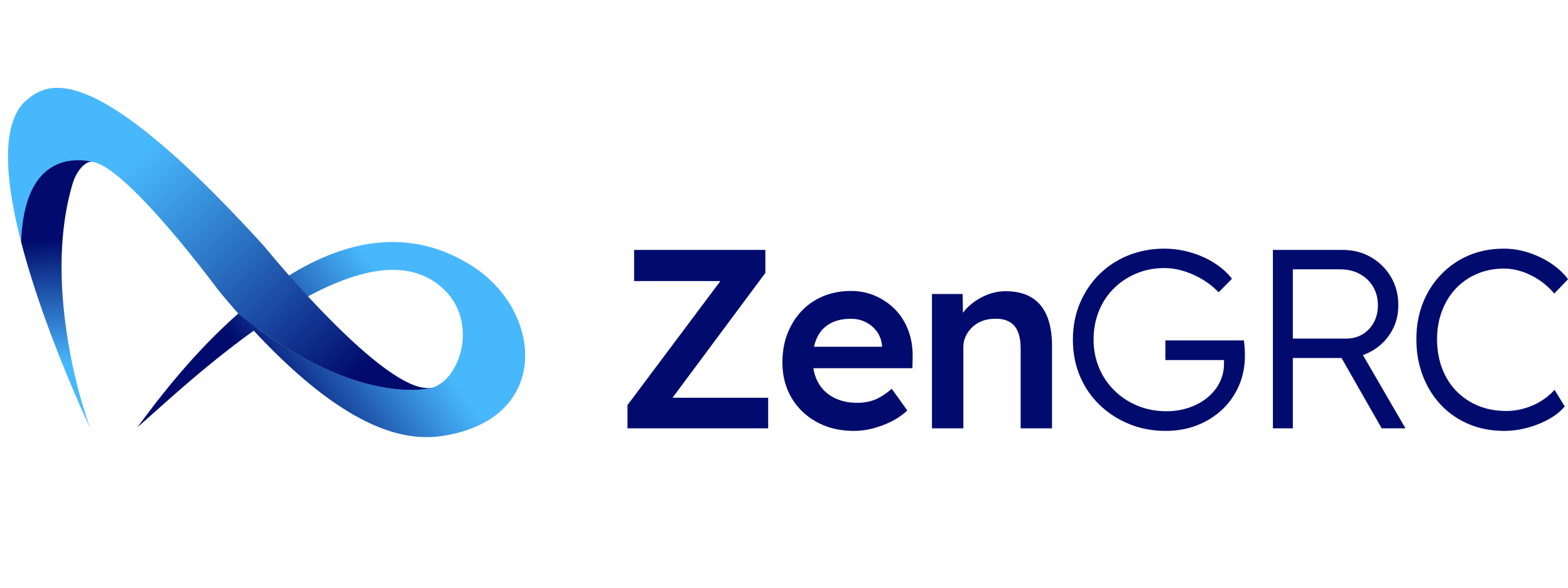Any modern organization looking to navigate today’s risk environment successfully needs both strong internal controls and ongoing internal audits. There can, however, be confusion between these two terms. This guide... Read More
COSO
Guide to COSO Framework and Compliance
Intro The Committee of Sponsoring Organizations of the Treadway Commission's (COSO) framework for internal business controls helps organizations ensure that their financial statements are accurate, their assets and stakeholders are... Read More
COSO-Based Internal Auditing
Internal audit and compliance departments benefit from having a comprehensive framework to use to perform corporate risk assessment and internal control testing as well as fight fraud. The most popular... Read More
What are the five Trust Services Principles for SOC 2 and SOC 3?
In an era where data integrity and security are paramount, compliance frameworks like SOC 2 certification and SOC 3 are pillars of trust and credibility. These frameworks offer essential guidelines... Read More
What is COSO?
The Committee of Sponsoring Organizations of the Treadway Commission (COSO) was formed initially to enable the National Commission on Fraudulent Financial Reporting. It was founded by five significant professional associations:... Read More
